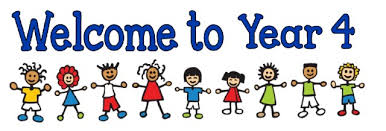
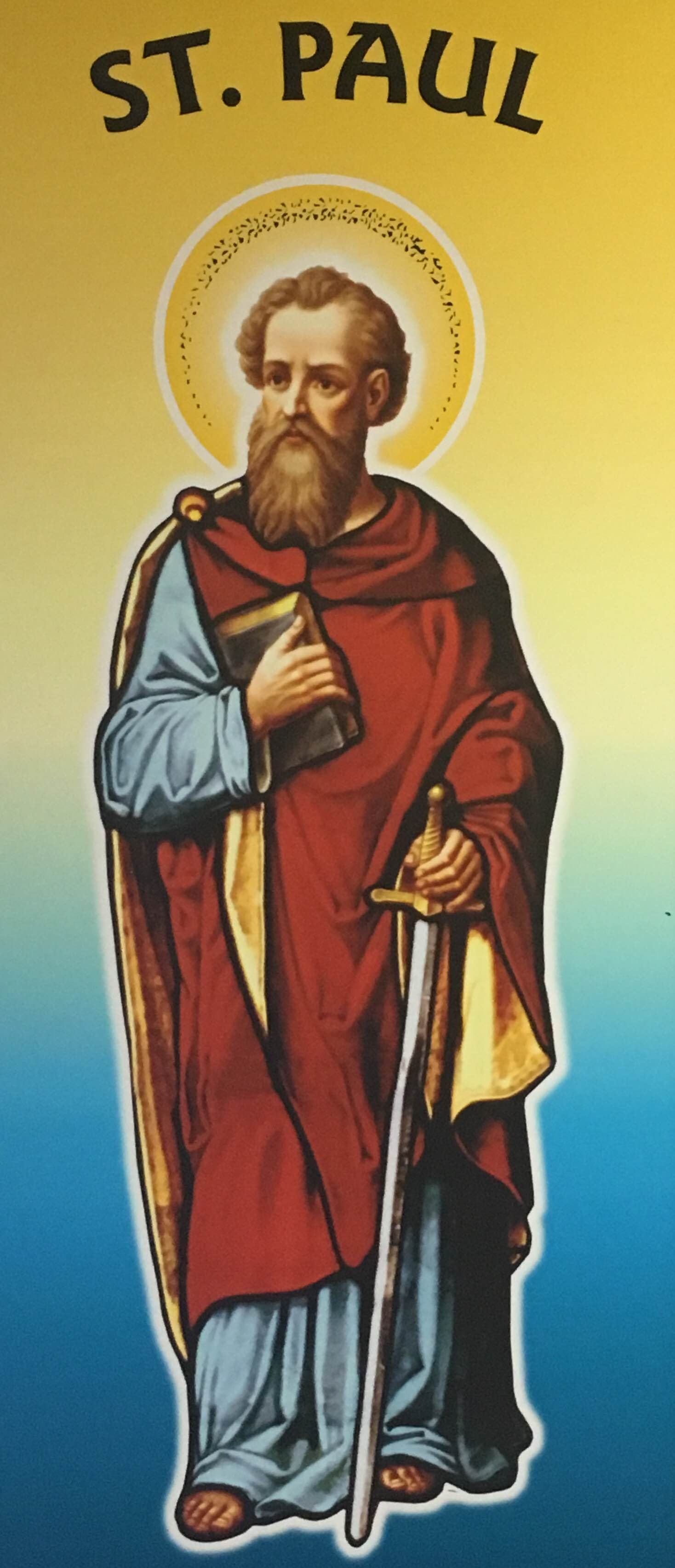
St. Paul
Paul is the great apostle who hated and first tortured the Christians, making them suffer much. Then on his road to Damascus Jesus changed his heart and he was converted. We celebrate Paul's conversion on January 25.
At the time of his conversion, Jesus had said: "I will show him how much he must suffer for me." St. Paul loved Jesus very much, so much, in fact, that he became a living copy of our Savior. All his life, as a missionary, St. Paul met troubles and went through dangers of every kind. He was whipped, stoned, shipwrecked, and lost at sea. Many, many times he was hungry, thirsty and cold.Yet he always trusted in God. He never stopped preaching. "The love of Jesus presses me onward," he said. In reward, God gave him great comfort and joy in spite of every suffering.
We read about his marvellous adventures for Christ in Luke's Acts of the Apostles, beginning with chapter nine. But St. Luke's story ends when Paul arrives in Rome. He is under house arrest, waiting to be tried by Emperor Nero. A famous early Christian writer, Tertullian, tells us that Paul was freed after his first trial. But then he was put in prison again. This time he was sentenced to death. He died around the year 67, during Nero's terrible torture of the Christians. Paul called himself the apostle of the Gentiles (people who were not Jews) and he preached the Good News of Jesus to them. That took him to the far ends of the world. Because of Paul, we, too, have received the Christian faith.
aUTUMN pARENTS iNFORMATIONaUTUMN NEWSLETTER
aUTUMN CROSS CURRICULAR PLANNING
aUTUMN FOUNDATION SUBJECT PLANNING
aUTUMN TIMETABLE
SPRING TERM newsletter
SPRING TERM FOUNDATION SUBJECTS
SPRING CROSS CURRICULAR LINKS
SPRING TERM TIMETABLE
SUMMER TERM CROSS CURRICULUAR LINKS
SUMMER TERM FOUNDATION SUBJECTS
SUMMER TERM TIMETABLE
SUMMER TERM newsletter
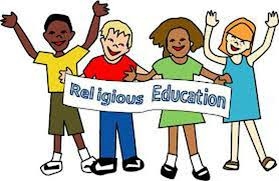
|
We will be following the units of work outlined in the new RED.
Unit 1: Creation and Covenant
Unit 2: Prophecy and Promise
Other faith: Judaism
CATHOLIC SOCIAL TEACHING
Unit 1: Care of creation
Unit 2: Preferential Option for the Poor
GOSPEL VALUES
Using the beatitudes as a base the children will be introduced to the catholic gospel values
MUSIC
The children will develop an appreciation for music across a variety of genre through listening.
|
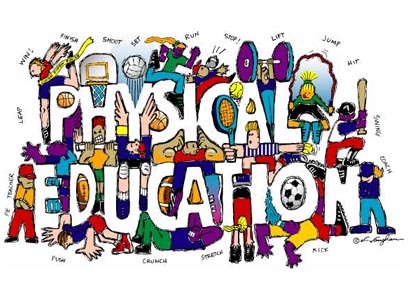
Lessons Planned and taught by External Sports Company Non-Stop Action.
(This will be taught by a tutor from the Non-Stop Action team)
Athletics – out door PE
Football and Tag Rugby:
Children will be developing skills in controlling and receiving as well as develop attacking tactics using a range of equipment and skills.
Gymnastics- Indoor PE

|
Focus around a classic text-
Guided/collaborative Reading Individual Reading
AF questions set in children’s reading records.
Children encouraged to complete the review, reflect, find and explain on selected texts read at home.
|
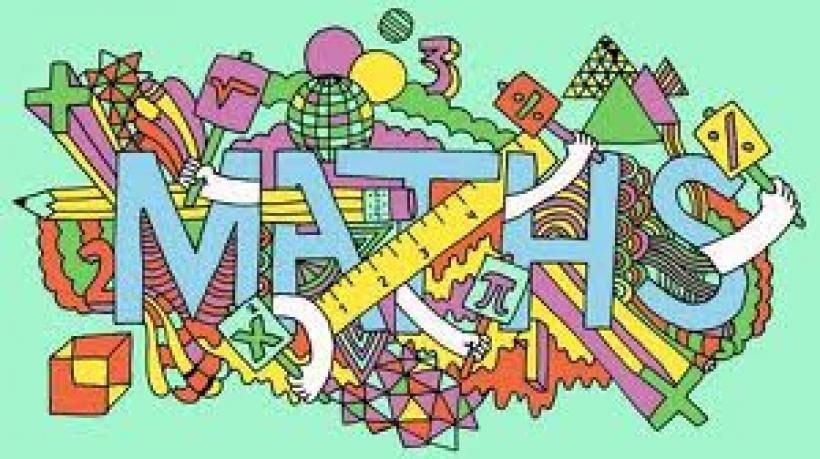
|
We follow the objectives of the national Curriculum 2014 using White Rose Maths
Topics covered this term:
-
Block 1- Place Value
-
Block 2- Addition and Subtraction
-
Block 3- Area
-
Block 4- Multiplication and Division(A)
In addition: Weekly multiplication tables practice and testing alongside mental math practice.
|
.png)
The Stone Age and Early Civilisations
|
(Cross curricular links included in other subject areas)
In this unit children will find out about the way of life of people living in The Stone Age from archaeological discoveries. Children will develop their understanding of characteristic features of a society; identify the different ways the past is represented; and use sources of information to make simple observations, inferences and deductions.
Children will learn about how people used to live, what people used to eat and what kind of works the used to do during the Stone Age, both ancient and modern and how they have changed over time.
|

Big Writing
Fiction and Non-fiction
-
Planning and writing stories
-
Character descriptions
-
Settings
-
Story openings
-
Diary entries
-
Letters
-
Various writing tasks linked to whole class reading
-
Stories from other cultures
-
Traditional stories
-
Adventure Stories
-
Fables
-
Explanations
-
Instructions
-
Information Text
-
Newspaper recount
Handwriting practice
-
Focus on correct letter formation towards developing a clear and fluid cursive script.
Spelling and Punctuation:
-
Weekly spelling homework and tests, ongoing consolidation and revision of punctuation
Daily comprehension tasks as part of the Literacy lesson.
Children are taught the skills of skimming and scanning text to look for key information.
This is used to develop their skills of inference and deduction in order to answer questions


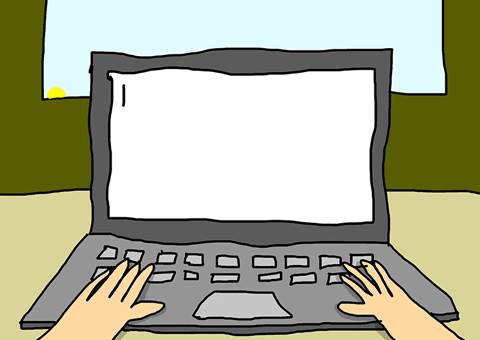
Word Processing
|
The children will be consolidating their skills using different word-processing tools.
-
Revise keyboard layout and specific skills
-
Learn how to cut and paste an image onto a Word document
-
Produce selected pieces of writing using word processing skills.
|

In Year 4, the children will continue to develop their skills in the acquisition of the French language building upon what was previously taught in Year 3. Children will be taught by a specialist French teacher Mrs Ramdarshan.
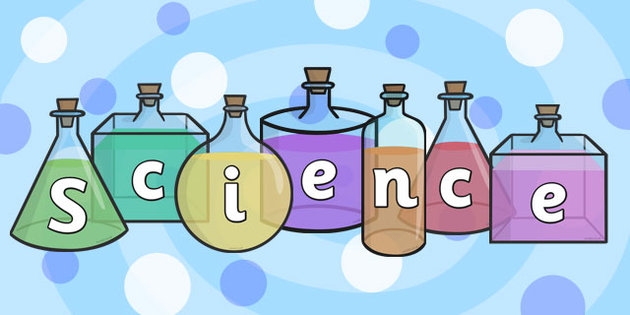
|
Autumn 1 topic:
Electricity
-
To identify common appliances that run on electricity
-
To construct a simple series electrical circuit, identifying and naming its basic parts, including cells, wires, bulbs, switches and buzzers
-
To identify whether or not a lamp will light in a simple series circuit, based on whether or not the lamp is part of a complete loop with a battery
-
To recognise that a switch opens and closes a circuit and associate this with whether or not a lamp lights in a simple series circuit
-
To recognise some common conductors and insulators, and associate metals with being good conductors.
Autumn 2 topic:
States of matter
-
To compare and group materials together, according to whether they are solids, liquids or gases.
-
To observe that some materials will change state when they are heated and cooled.
-
To measure or research the temperature at which this happens in degrees Celsius.
-
To identify the part played by evaporation and condensation in the water cycle and associate the rate of evaporation with temperature.
Scientific Enquiry focus:
-
Measuring temperatures
-
Planning a fair test
-
Drawing conclusions, comparing and explaining conclusions
-
Collecting and presenting evidence
|

|
Making Torches
(Cross curricular link to science with the topic of Electricity)
Children will construct and design their own torches.
Mesolithic Homes
(Cross curricular link to the History topic of the Stone Age)
The children will investigate and construct different types of houses during the Stone Age. They will create following a design brief a house found during the Stone Age Period.
|
|
We will follow the Life to the Full programme.
Each module of work begins with a session on Religious understanding.
Module 1:
-
About their bodies
-
Emotional well-being
-
Life cycles
|